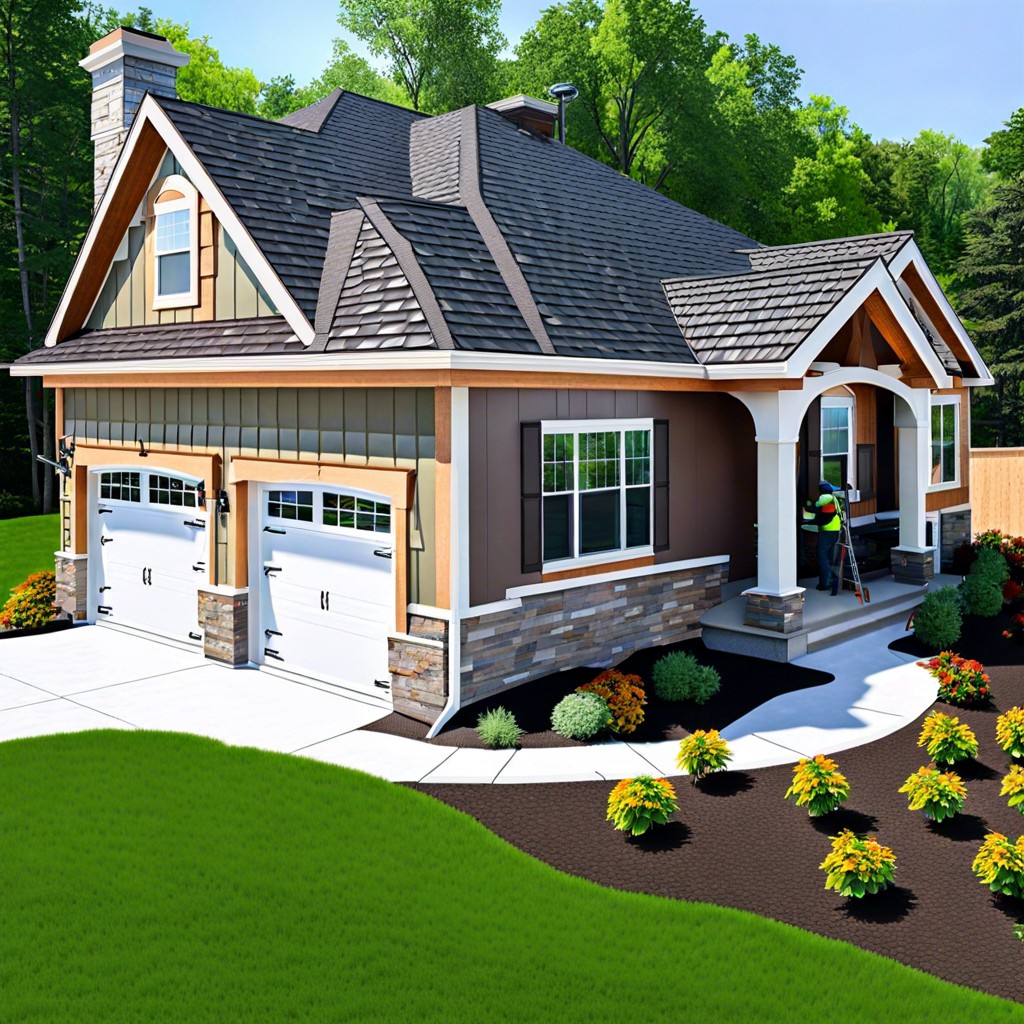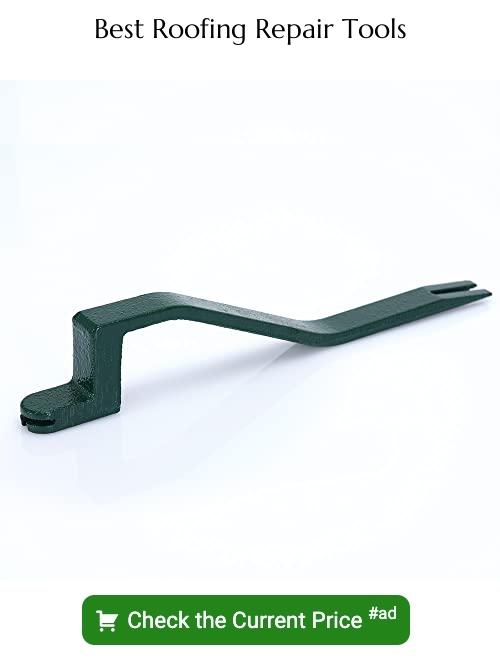Last updated on
Diving into the intricacies of roof replacement costs, this detailed guide offers readers insights into the factors shaping the expense of installing a new roof on a 3,000 square foot house.
Key takeaways:
- Material selection impacts roof replacement cost.
- Roof complexity affects the cost of replacement.
- Regional labor costs vary and can impact the price.
- Removal of old roofing can increase the overall cost.
- Permitting fees can vary by region and add to the expense.
New Roof Cost Influencing Factors

The price of a new roof can vary widely due to several key factors:
1. Material Selection: Costs fluctuate significantly depending on the roofing material chosen. Asphalt shingles are generally the most affordable, while materials like slate, tile, or metal can increase the price considerably.
2. Roof Complexity: The layout of your roof—its pitch, number of layers, angles, and number of features like chimneys or skylights—can make a replacement more complicated and costly.
3. Regional Labor Costs: Installation prices can differ based on where you live. Metropolitan areas typically have higher labor rates than rural locations.
4. Removal of Old Roofing: The level of effort required to remove your current roof and dispose of the waste can impact the overall cost.
5. Permitting Fees: Building permits are necessary for roof replacement in most areas, and the cost of these permits can vary by region.
6. Installation Timeline: If you require a fast turnaround, it may increase the cost, especially during peak roofing seasons when contractors are in high demand.
Understanding these variables can help homeowners set realistic budgets and select the right options for their specific roofing needs.
Should You Repair or Replace Your Roof?
Deciding between repair and replacement hinges on several key factors:
- Age of Roof: If your roof is approaching or has surpassed its expected lifespan, typically 20-30 years for asphalt shingles, replacement might be more cost-effective in the long run.
- Extent of Damage: Minor damage, such as a few missing shingles or a small leak, can often be repaired. However, widespread damage or structural issues often require a full replacement.
- Cost Comparison: Consider a cost-benefit analysis. If the cost of repairs is more than half the price of a new roof and your roof is old, replacement may be the wiser investment.
- Future Plans: If you’re planning to sell your home soon, a new roof may increase its value and curb appeal, making replacement a better option.
- Energy Efficiency: Upgrading to a new roof can improve energy efficiency, potentially saving money on utilities and making replacement advantageous.
Roofing Cost Per Square Foot
When estimating the cost per square foot for roofing, consider the following points:
- Material Choices: Asphalt shingles are often the most affordable at $3.50 to $5.50 per square foot, while metal, tile, or slate materials can range from $5.50 to $20 per square foot.
- Removal Costs: The existing roof’s removal can add $1 to $5 per square foot, based on the complexity and material.
- Installation Complexity: Features like chimneys, skylights, and steep slopes can increase labor hours and the overall cost.
- Geographical Location: Costs vary widely by region due to local labor rates and disposal fees.
- Roofing Layers: Multiple layers might need more labor for removal, thus adding to the cost.
- Underlayment and Accessories: Components such as water shield, underlayment, and drip edges are necessary for a well-constructed roof, factored into the square foot price.
Signs You Need a New Roof
Aging shingles often lose their effectiveness and may require a full replacement. Look for curling or buckling shingles, which typically suggest they’re past their lifespan. Missing shingles, particularly after a storm, can be a red flag for underlying damage.
Water stains on your ceilings or walls might indicate a compromised roof. Prolonged exposure to moisture due to a faulty roof can lead to mold or mildew indoors.
Granules from asphalt shingles often wash away over time. Check your gutters for an accumulation of these granules, a sign that your roof is deteriorating.
Daylight through the roof boards is a serious concern. If you notice light in your attic, this indicates significant gaps that could worsen if not addressed swiftly.
A sagging roof deck implies structural issues that could lead to collapse if ignored. This condition is usually a clear indicator that a complete roof overhaul is necessary.
An increase in energy bills may signal that your roof ventilation isn’t functioning correctly, leading to heat loss in winter and excess heat in summer, necessitating more HVAC use.
FAQ
How do I calculate the cost of a new roof?
To calculate the cost of a new roof, consider the size of your roof in square feet and multiply by an average cost of $7 per square foot, keeping in mind that prices can range from $4 to $40 per square foot depending on the materials and labor costs.
How many bundles of shingles do I need for 3000 square feet?
To cover a 3000 square foot roof, you will need approximately 90 bundles of shingle.
How long does a 30 year roof really last?
A 30-year roof, typically architectural asphalt shingles, realistically lasts around 22-25 years, accounting for approximately 80-85% of its maximum lifespan.
Is it cheaper to get a metal roof or shingles?
In general, a metal roof tends to be more expensive than shingles due to the higher cost of the metal panels and the increased labor and skill required for installation.
What factors contribute to the overall cost of replacing a roof?
The overall cost of replacing a roof is determined by factors such as the roof size, complexity, pitch, the materials chosen, where the property is located, labor costs, and whether the old roof needs to be removed and disposed of.
How does the cost of labor impact the total expense of a new roof?
The cost of labor significantly impacts the total expense of a new roof as it can account for 60% or more of the total cost, depending on the complexity of the roof and the region where the work is being performed.
What is the recommended maintenance schedule for a new roof to extend its lifespan?
The recommended maintenance schedule for a new roof to extend its lifespan is at least twice a year — ideally during spring and fall — and after severe weather conditions.





